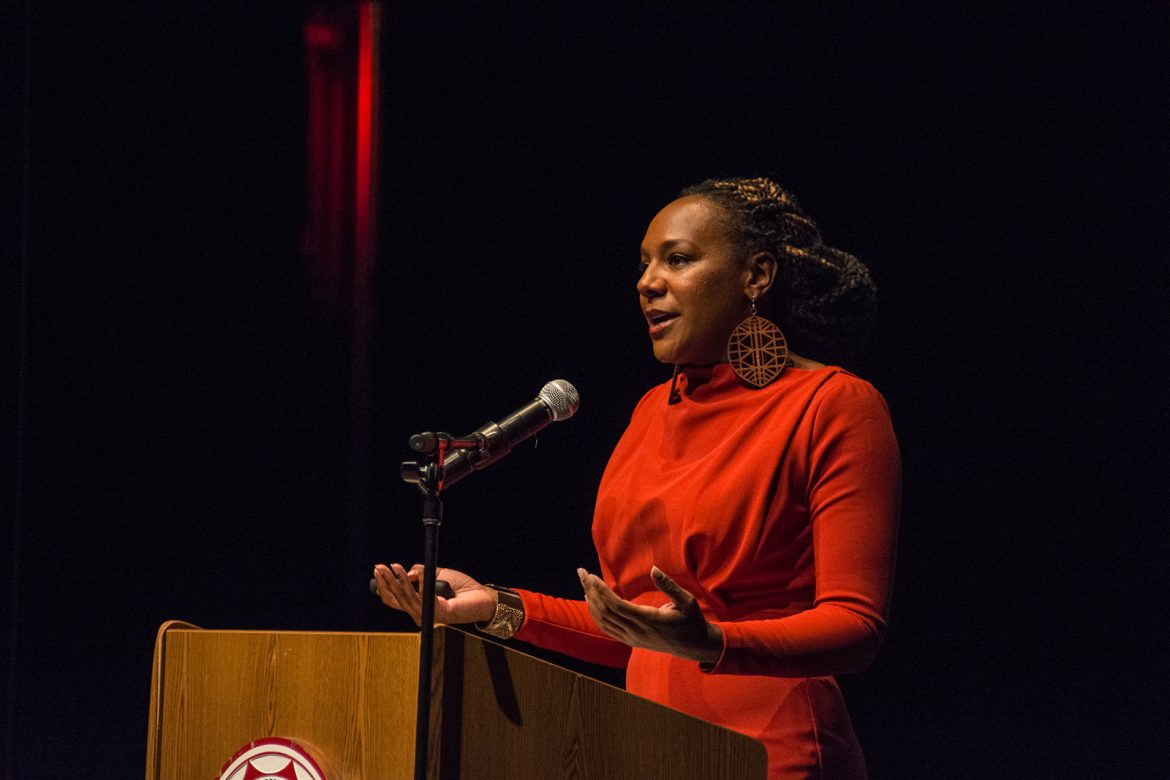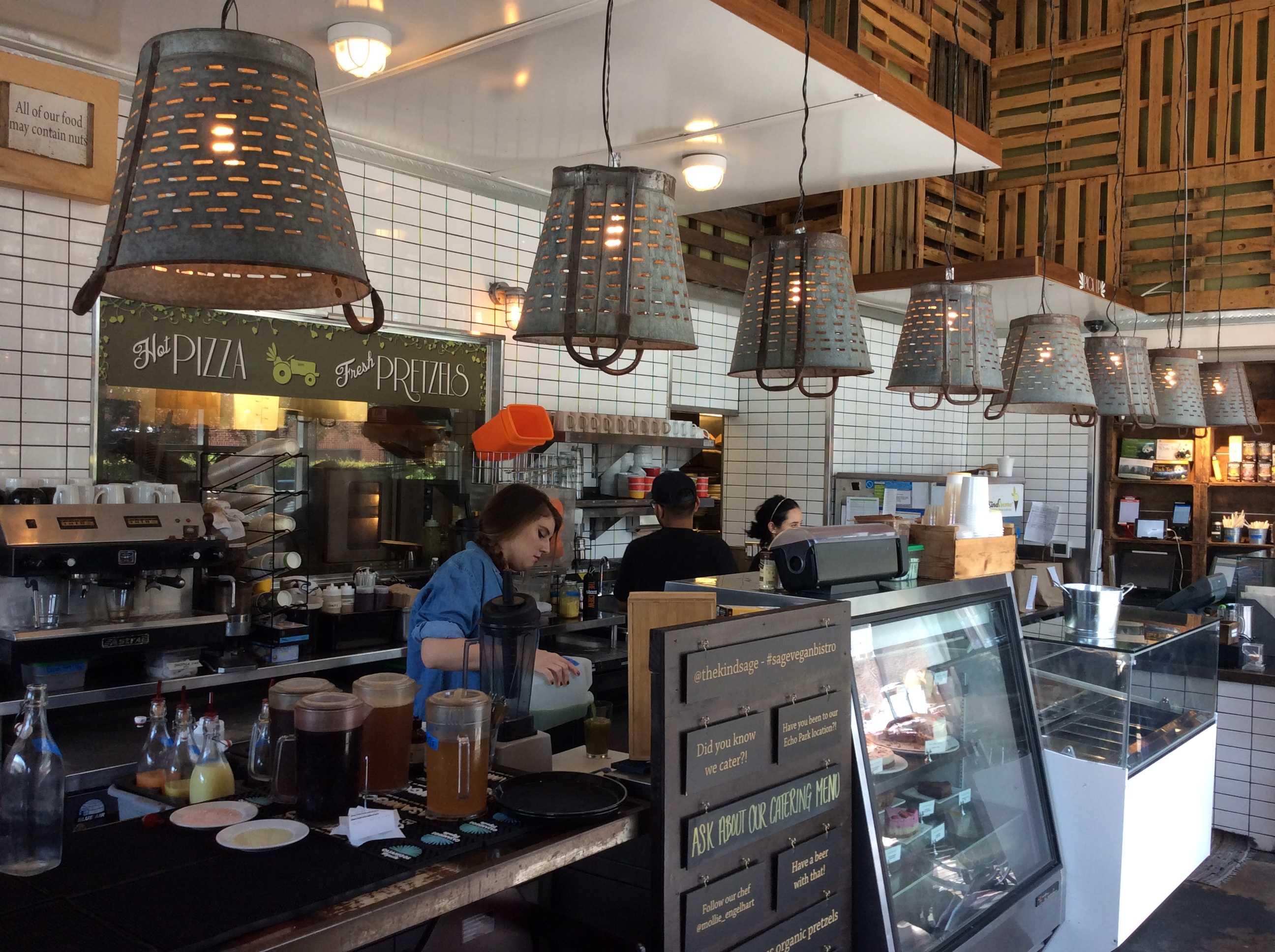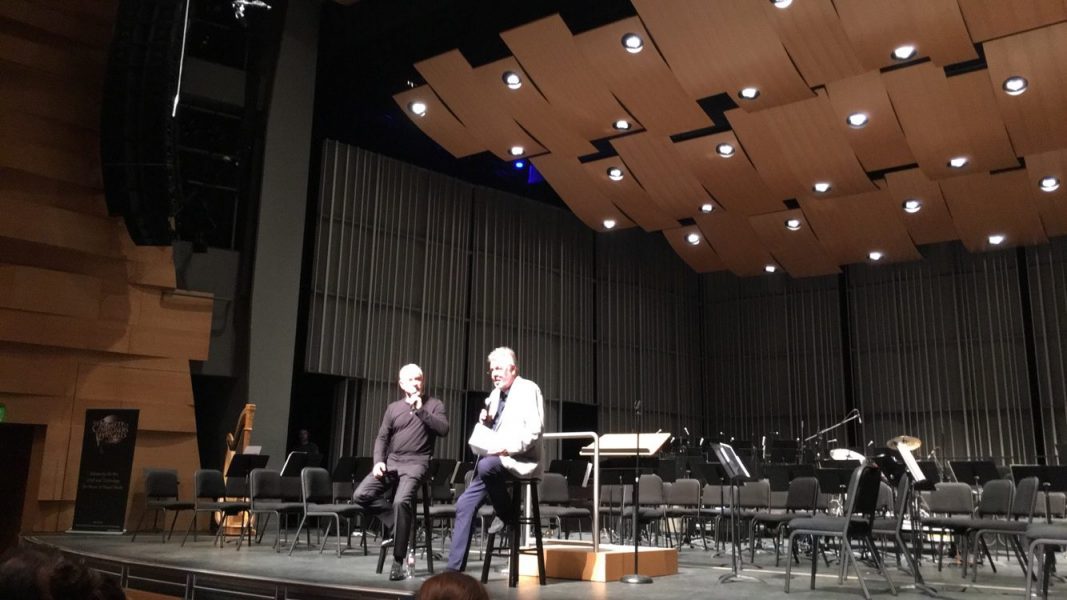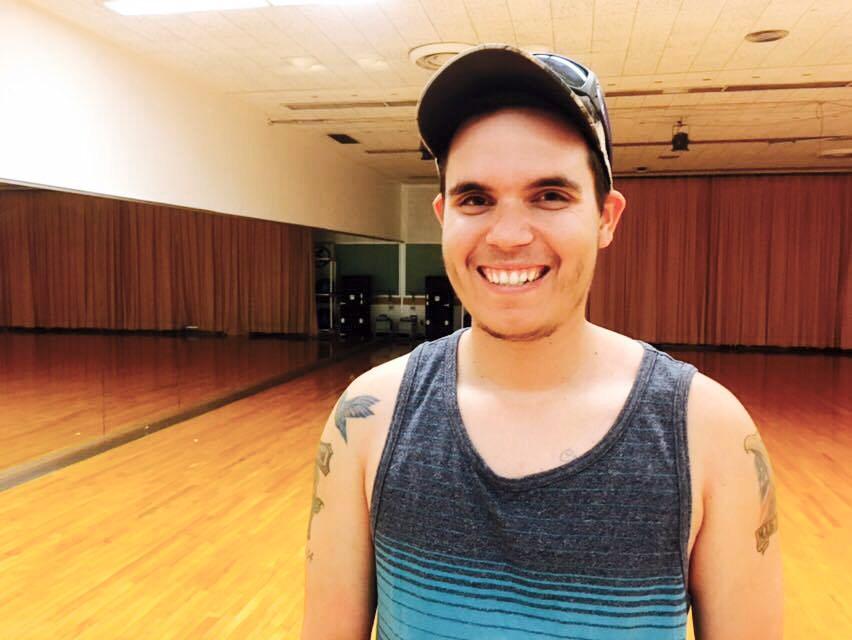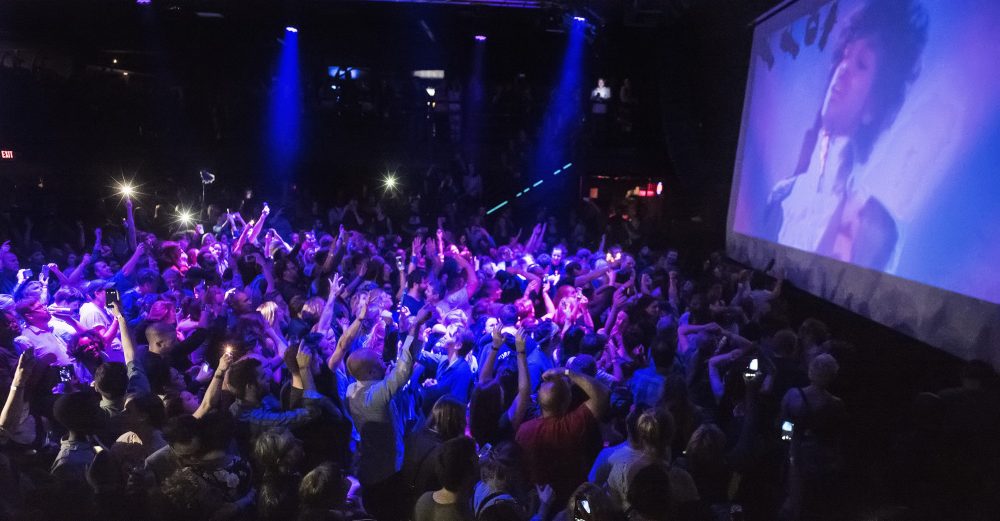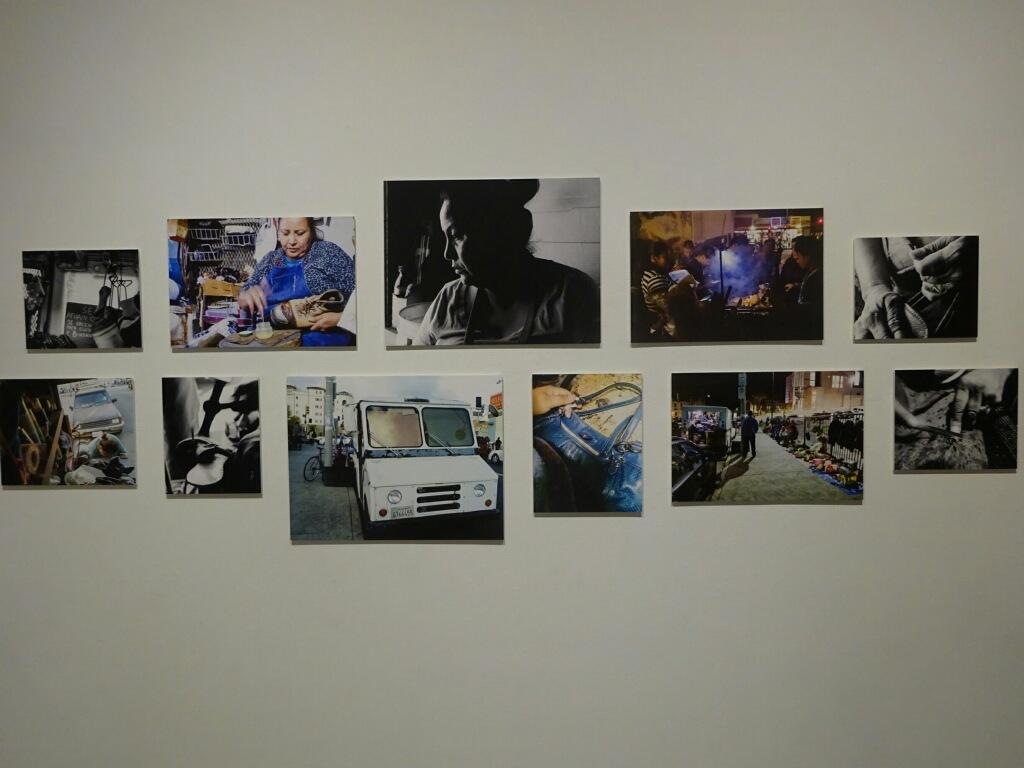The National Honor Society of Phi Kappa Phi presented a short, yet powerful and moving documentary entitled “Chavez Ravine: A Los Angeles Story” in the Alan and Elaine Armer Theater Feb 23.
In this half-hour presentation, producers Jordan Mechner, programmer and designer for the “Prince of Persia” series, and Mark Moran, who worked on “Basic,” “Sweet Home Alabama,” and “Bee Season” compiled an emotionally-charged account of the events leading up to and following the destruction of the small communities in Chavez Ravine.
This film blends the 1949 photographs of Don Normark with firsthand accounts from former residents of Chavez Ravine. With narration by Cheech Marin, this piece comes together to form a gripping revival of the forgotten history behind the land which today holds L.A. Dodger Stadium.
Prior to the events of the early 1950s, Chavez Ravine was home to over 1,000 residents in the villages of Bishop, La Loma, and Palo Verde. These communities were poor, but the neighbors all shared an immense family-like bond with one another.
Henry Cruz, one of the peopled interviewed in the Chavez Ravine documentary, gives an account of what it was like growing up in the community.
“[We were] always barefoot and had hand-me-down clothes and books, but we were happy,” said Cruz.
Another memory of life prior to the razing of the ravine’s community was that of children riding cardboard-like toboggans down the hillside.
As a young photographer, Don Normark had no idea that the photographs he captured of Chavez Ravine’s residents would become the final visuals of a soon to be extinguished lifestyle.
“I had no idea that anything was planned for the ravine,” said Normark.
In 1950, a Los Angeles City Housing Authority official named Frank Wilkinson implemented his plan to build government housing projects over the existing property in Chavez Ravine. In his view, this would be beneficial not just for the city, but for the local residents living on the hill as well.
Within the year, the city sent letters to the residents of Chavez Ravine instructing them to sell their houses to the city and leave. Not all residents readily complied, since a lot of the houses were built by family members, and could not be sold to the city just for demolition.
The compensation offered by the city was quite modest by housing market standards. According to Beto Elias, a former resident of Chavez Ravine, his father thought that he had “made a steal” on his house after receiving $9,600 compensation from the city. Later he learned this was not the case, because homes in L.A. at the time were valued between $15,000 and $18,000.
Some critics of the government-housing plan referred to the project as a sign of “creeping socialism,” and in a post-war era riddled with fears of communist uprising in the U.S. it was this term that served as the basis for the demise of Wilkinson’s entire endeavor.
Accusations of Wilkinson’s involvement with the Communist Party eventually resulted in the loss of his job position, and the end of his plan for low-cost government housing.
He was even imprisoned for refusing to answer questions asked by the House Un-American Activities Committee regarding whether he had a communist affiliation.
The fate of the already deserted Chavez Ravine remained undecided until 1957, when Walter O’Malley, owner of the Brooklyn Dodgers, moved the team to L.A. and constructed Dodger Stadium over the former residential community.
Former resident Carol Jaques said the one time she attended a Dodgers game was like “dancing on a grave.” Though her baseball-enthusiast children enjoyed the experience, it brought Carol only grief.
“Chavez Ravine: A Los Angeles Story” has won the IDA award for best documentary short, and was short-listed for an Oscar, as well. It is expected to air on PBS in June.
